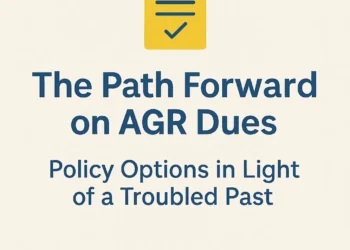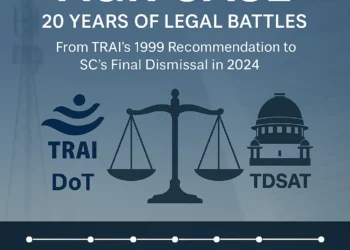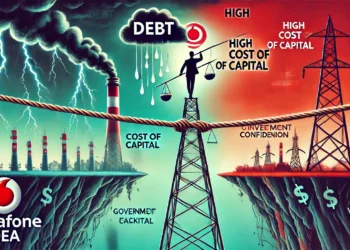The structure of the license fees as % of AGR (Adjusted Gross Revenue) is an outcome of the “migration package” offered by DoT to the telecom operators. At that time the operators were drowning under the weight of huge “self-imposed” liabilities (i.e the obligation to pay license fees in fixed installments every year), therefore the deal came to them as a rescue. Hence, they immediately agreed, but in the process, lost all flexibility of optimizing their business – leading to a huge debate around the definition of AGR which is currently being battled in the courts with no resolution in sight (See my earlier note – “License Fees @ % of Revenue: What is the dispute all about?“). Be this as it may, the whole concept of charging license fees as a % of revenue is retrograde and has outlived its utility and needs an urgent overhaul. Why? Let’s discuss the reasons.
It discourages sharing of resources
If licensed entities want to share resources they can’t do so without increasing their overall tax liabilities, as the cost incurred by one is the revenue for the other. For example, if an entity “A” is sharing some resource (let’s say spectrum) with “B”, then “B” must pay “A” a mutually agreed rent for its use. This payment adds to “A’s” revenue, thereby increasing his license fee outflow to the government. On the same amount “B” also has to pay a license fee, as the rent it paid to “A” emanated from the revenue it had earlier earned using the shared resource – leading to a situation of double taxation. Thankfully, the government did not choose to license the tower companies. If it did, the whole tower business would have collapsed due to the “erosion of margins” of these companies, thereby severely impacting the health of the overall sector.






